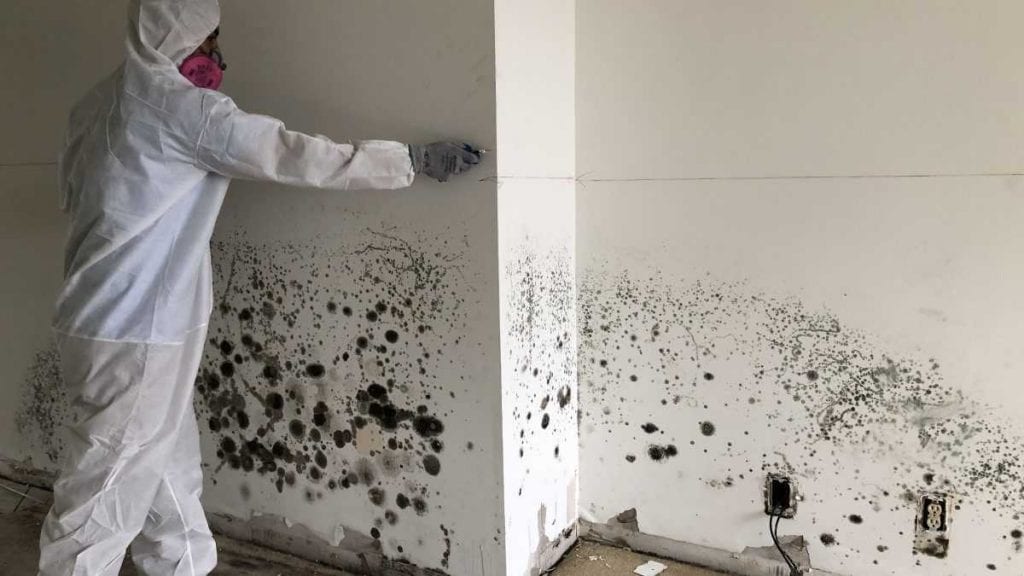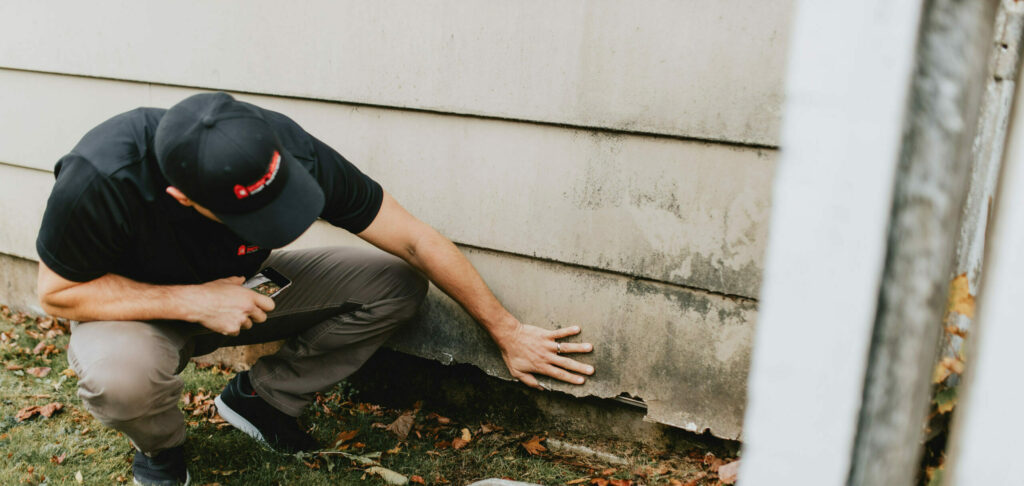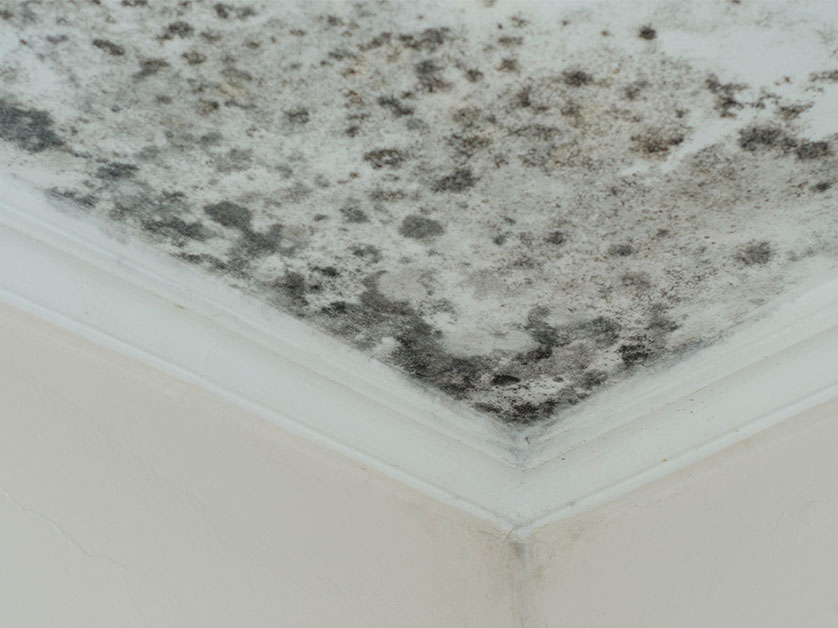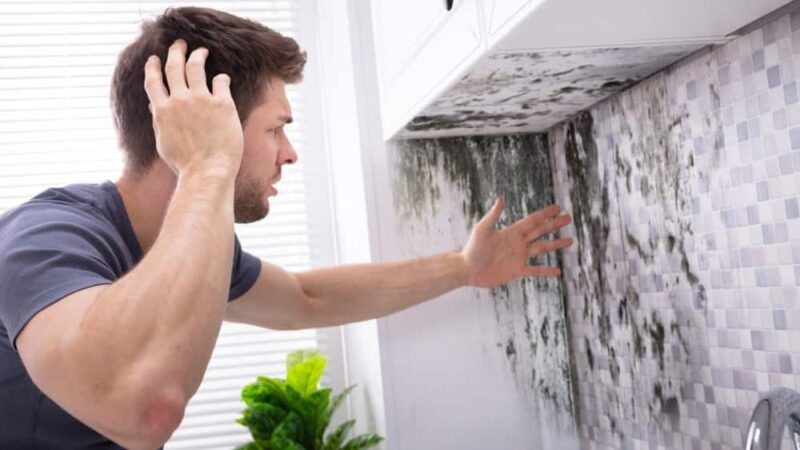Mold is more than just an inconvenient nuisance; its a potential health hazard that can secretly invade your home, wreaking havoc on both structures and inhabitants alike. Whether it results from a leaky pipe, inadequate ventilation, or flood damage, mold can thrive in the damp corners of our lives if left unchecked.
Tackling this pervasive problem requires more than a surface-level cleanup—successfully remediating mold involves a comprehensive understanding of the environment, causes, and effective removal techniques. In this guide, we will explore the top tips for successful mold remediation, diving into expert strategies and best practices that will empower you to reclaim your space and safeguard your health.
Ready to take action? Let’s unravel the complexities of mold removal together!
Assessing the Extent of Mold Damage

Assessing the extent of mold damage involves a thorough examination of both visible and hidden areas in your home. Start by inspecting commonly affected spaces—basements, attics, and bathrooms—where moisture tends to accumulate.
Look for discoloration, an earthy smell, or peeling wallpaper, which may indicate deeper problems. However, mold doesn’t always make its presence known so easily; sometimes it lurks behind walls or beneath flooring, silently compromising air quality.
Utilize tools like moisture meters and thermal imaging cameras to uncover less obvious infestations, and don’t hesitate to consult a professional if the situation feels overwhelming. Every detail counts in this crucial step; even small patches can signal larger, unseen colonies.
Understanding the full scope of the issue is essential in crafting an effective remediation plan.
Gathering the Right Tools and Materials

Gathering the right tools and materials is essential for an effective mold remediation process. Start with sturdy gloves and a high-quality mask to protect your skin and lungs from harmful spores; remember, the right gear can often mean the difference between safety and exposure.
Youll also need a selection of containment materials, like plastic sheeting and duct tape, to prevent the spread of spores during the cleanup. When it comes to cleaning solutions, choose your chemicals wisely—some molds can require specific treatments like bleach, while others may respond better to vinegar or commercial products designed specifically for mold removal.
Don’t forget to have a dehumidifier on hand if you’re tackling a particularly damp area; reducing moisture will not only aid in remediation but also help prevent future outbreaks. As you gather these essentials, keep in mind that being well-prepared is the first step toward reclaiming your space from unwanted mold.
The Importance of Humidity Control in Mold Prevention

Humidity control plays a pivotal role in mold prevention, acting as a formidable barrier against the conditions that foster fungal growth. When indoor humidity levels soar above 60 percent, the air becomes a veritable breeding ground for mold spores, which thrive in damp environments.
This is where vigilant monitoring and management come into play—investing in dehumidifiers, sealing leaks, and ensuring proper ventilation can dramatically reduce the moisture that mold so desperately craves. Additionally, understanding the unique humidity needs of different rooms in your home—like keeping bathrooms and kitchens well-ventilated and dry—can thwart mold before it even gets a chance to take hold.
By maintaining a balanced humidity level, you not only safeguard your living space but also promote a healthier indoor atmosphere for you and your loved ones. In the fight against mold, a proactive approach to humidity control is not just beneficial; it is essential.
Conclusion
In conclusion, effective mold remediation requires a comprehensive approach that combines thorough inspection, proper containment, and the use of suitable removal techniques. By following the top tips outlined in this article, homeowners can ensure that they tackle mold issues efficiently and prevent future outbreaks.
Incorporating professional services, such as mold inspection Tampa, can provide the expertise necessary to identify hidden mold and assess the severity of the problem. With diligence and the right strategies in place, successful mold remediation is well within reach, ultimately leading to a healthier living environment and peace of mind for affected families.


